GitHub README - GitHub README Assistance

Welcome! I'm here to help you create the perfect GitHub README.
Craft Your Project's First Impression
Generate a logo that embodies the essence of a GitHub README AI...
Design an icon representing an AI tool for crafting GitHub readme files...
Create a modern, tech-savvy logo for a GitHub README assistant...
Illustrate a professional logo that signifies AI-driven documentation guidance...
Get Embed Code
Understanding GitHub README
A GitHub README is a markdown document that serves as the entry point or the front page of a GitHub repository. It is designed to provide all the essential information about the project such as its purpose, setup instructions, how to use it, and its features. The README's main goal is to communicate to users and developers the utility of the project, how to get started, and any other relevant details that will help them to use or contribute to the project effectively. For example, in a software development project, the README might include sections on the background of the project, installation procedures, example usage of the software, license information, and how to contribute to the project. This makes it an invaluable resource for orientation and is often the first document users and potential contributors look at when they visit a project repository on GitHub. Powered by ChatGPT-4o。

Main Functions of GitHub README
Project Overview
Example
A README for a JavaScript library might start with a brief description of the library's purpose, such as 'XYZ is a JavaScript library for building interactive UIs easily.'
Scenario
This helps new visitors to quickly understand what the project is about and determine its relevance to their needs.
Installation Instructions
Example
The README might include code blocks that detail step-by-step installation instructions, like `npm install xyz-library`.
Scenario
This is crucial for developers who wish to incorporate the library into their projects and need to know how to get it up and running.
Usage Examples
Example
Including snippets of code demonstrating how to use the library, such as `import XYZ from 'xyz-library'; XYZ.doSomething();`.
Scenario
This section aims to provide practical examples to help users quickly start implementing the library in their projects.
Contribution Guidelines
Example
A section dedicated to guiding potential contributors on how to help with the project, including coding conventions, branching naming, and pull request processes.
Scenario
Encourages and facilitates community contributions by clarifying how to participate in the project's development effectively.
Contact Information
Example
Information on how to reach the maintainer or the team, perhaps through an email like `[email protected]` or a link to a discord server.
Scenario
Essential for building a community and for users or contributors who may have questions or need support.
Ideal Users of GitHub README
Software Developers
Developers are primary users as READMEs help them understand the purpose, setup, and use of the software. They benefit from detailed documentation when integrating or contributing to open source projects.
Project Maintainers
Maintainers use READMEs to communicate clear guidelines on how the software should be used and how to contribute, which helps in managing and scaling the project efficiently.
End Users
Non-developer users also benefit from READMEs that explain the project in layman terms, especially for projects like applications or software tools intended for a wider audience.
Potential Contributors
These are individuals looking to contribute to a project. A well-written README provides the necessary information to get started on contributing, thus expanding the project's development community.
Educators and Students
In academic settings, READMEs serve as an educational tool that provides a practical perspective on how real-world projects are documented and managed.

Using GitHub README
Initial Access
Go to yeschat.ai for a no-login, free trial without needing ChatGPT Plus.
Understand Markdown
Familiarize yourself with Markdown syntax as GitHub README files are written in this format to format text, insert images, and create lists.
Examine Examples
Explore existing READMEs in public repositories to understand different styles and components that make them effective.
Create Your README
Start by cloning a repository and adding a README.md file. Document the purpose of the project, installation steps, usage instructions, and contribution guidelines.
Continuous Updates
Regularly update your README to reflect changes in the project such as new features, deprecated functionalities, and updated contact information.
Try other advanced and practical GPTs
ECOS - OSCE - Clinical Skills - Scenario - UNIL
Simulate and evaluate with AI

爆文编写大师
AI-powered Article Generation
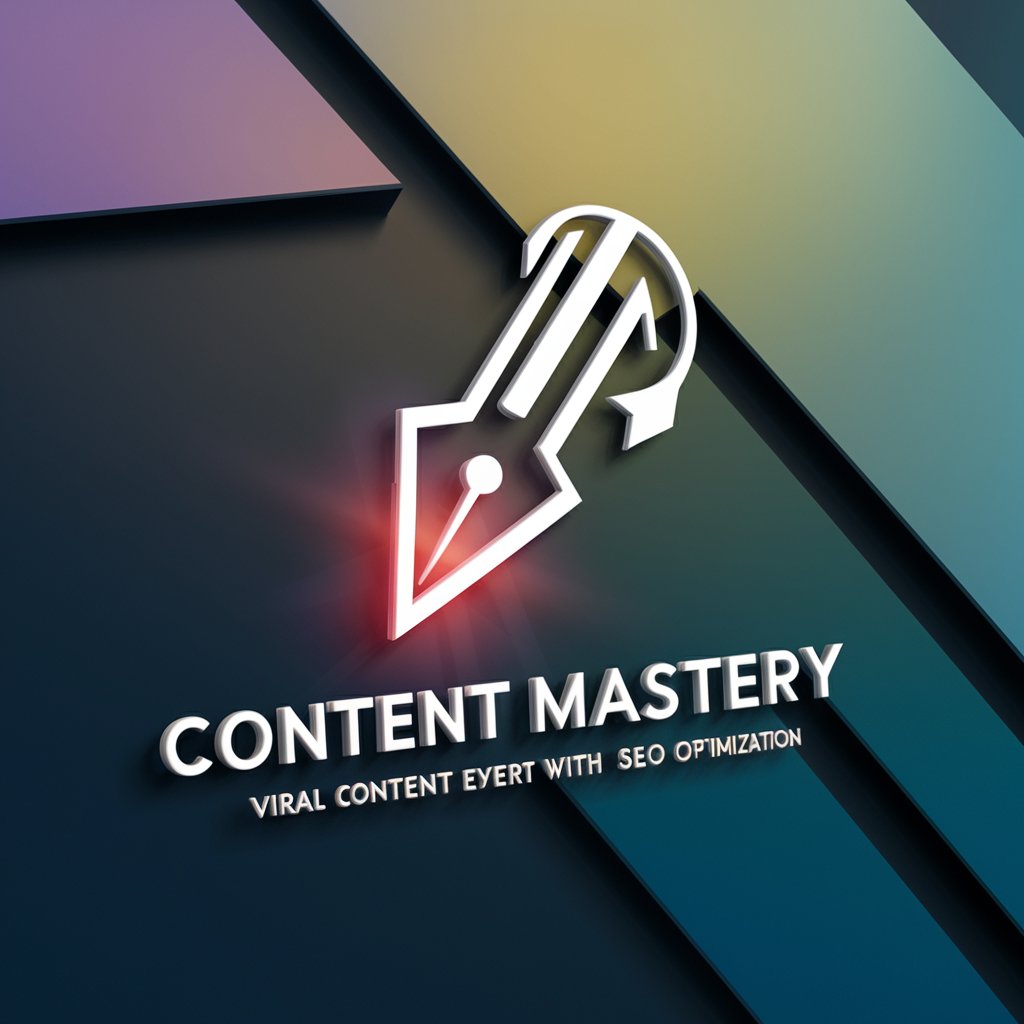
微信公众号标题神器
Crafting Conversational Titles with AI
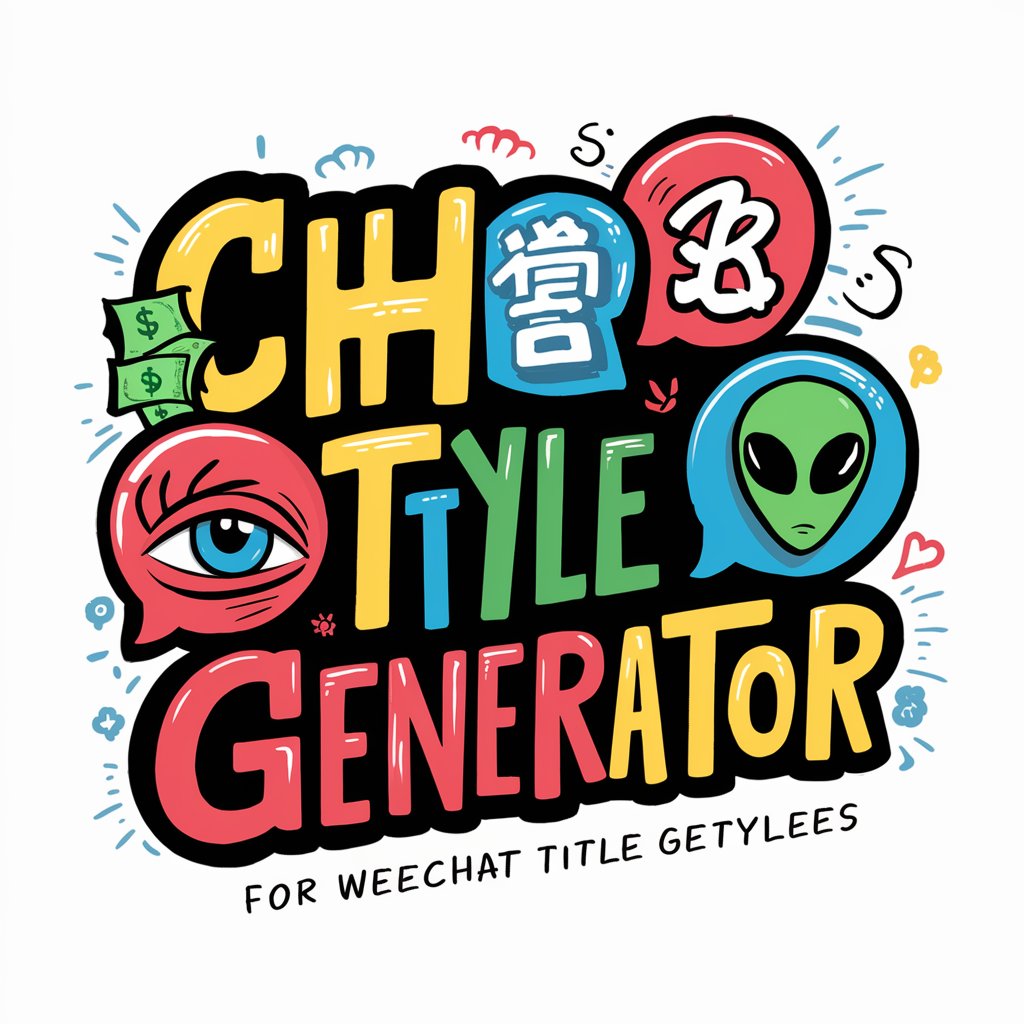
간추린 뉴스봇 ft. 카드뉴스
Condense News Swiftly with AI

Dictionary
Empower Your Words with AI
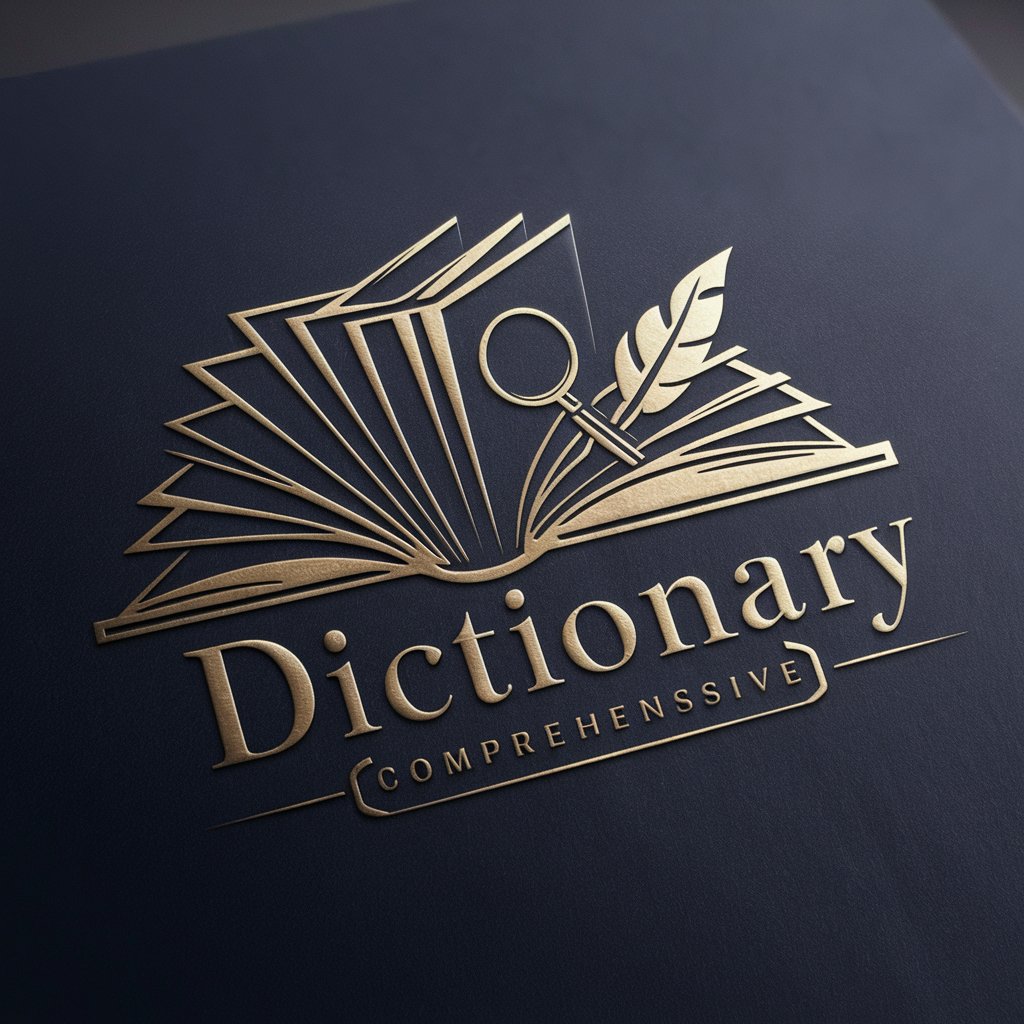
PDF to Markdown
Transform PDFs to Markdown effortlessly
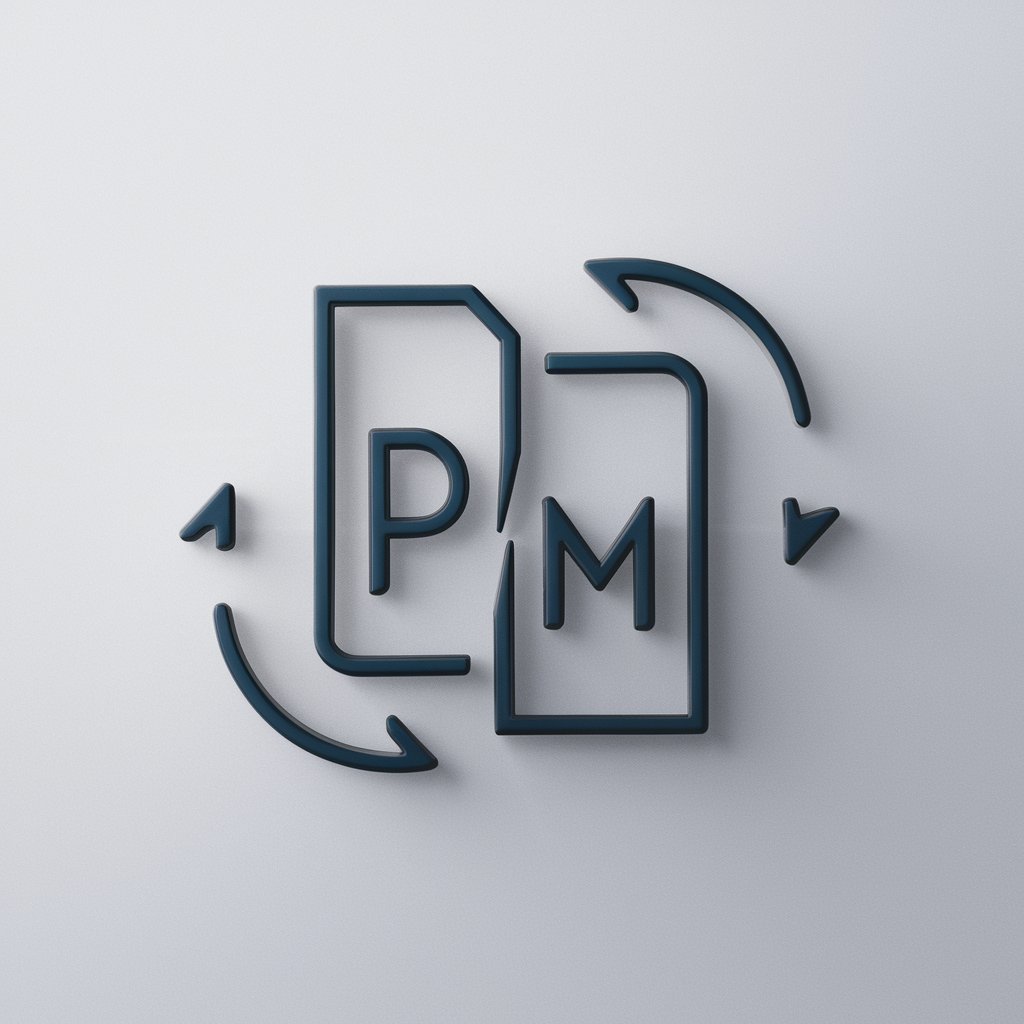
OSCE Patient Simulator
Revolutionizing Medical Training with AI
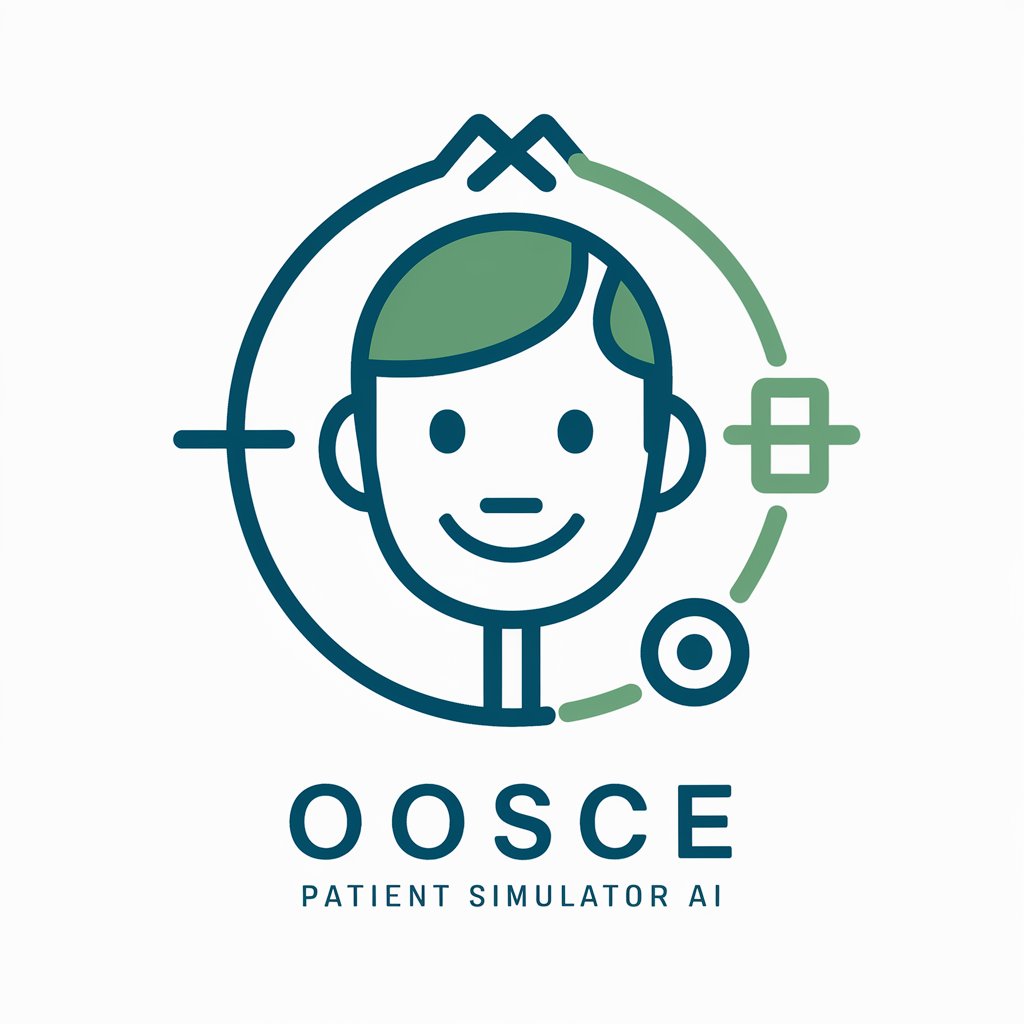
PPT Generator
AI-powered presentation crafting
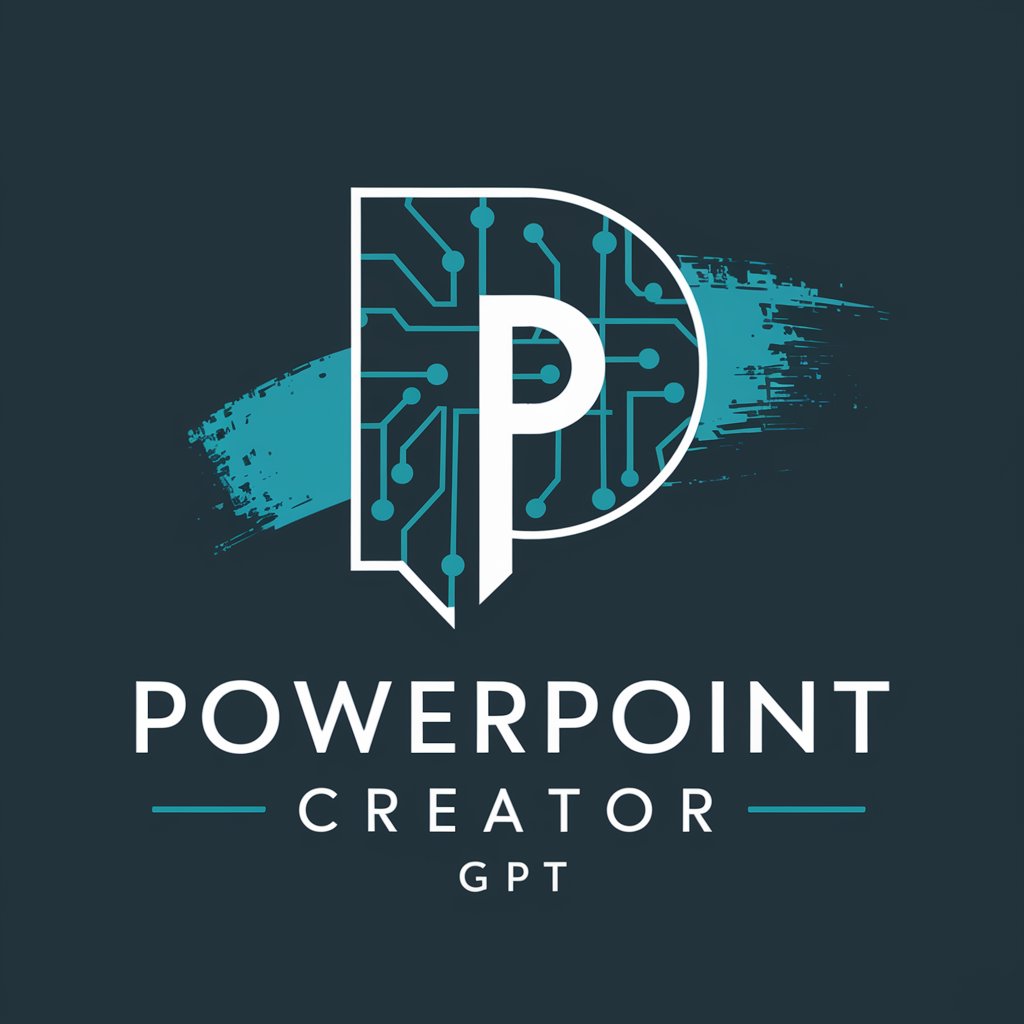
ppt expert
AI-driven PowerPoint design for everyone

Our Annals 웨딩북
Craft Your Love Story with AI

CODIE
Your Personal AI Coding Coach
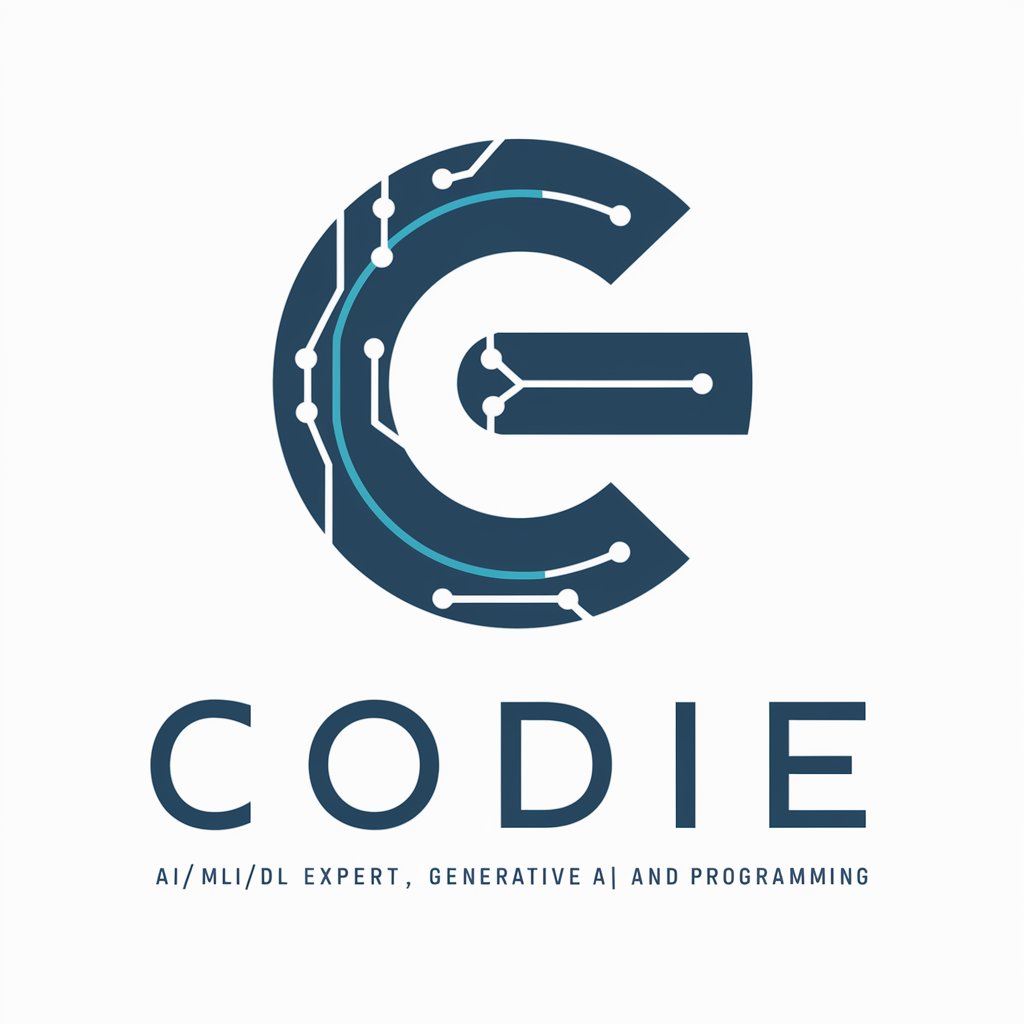
사이트 한글 요약
Summarize web content with AI efficiency.
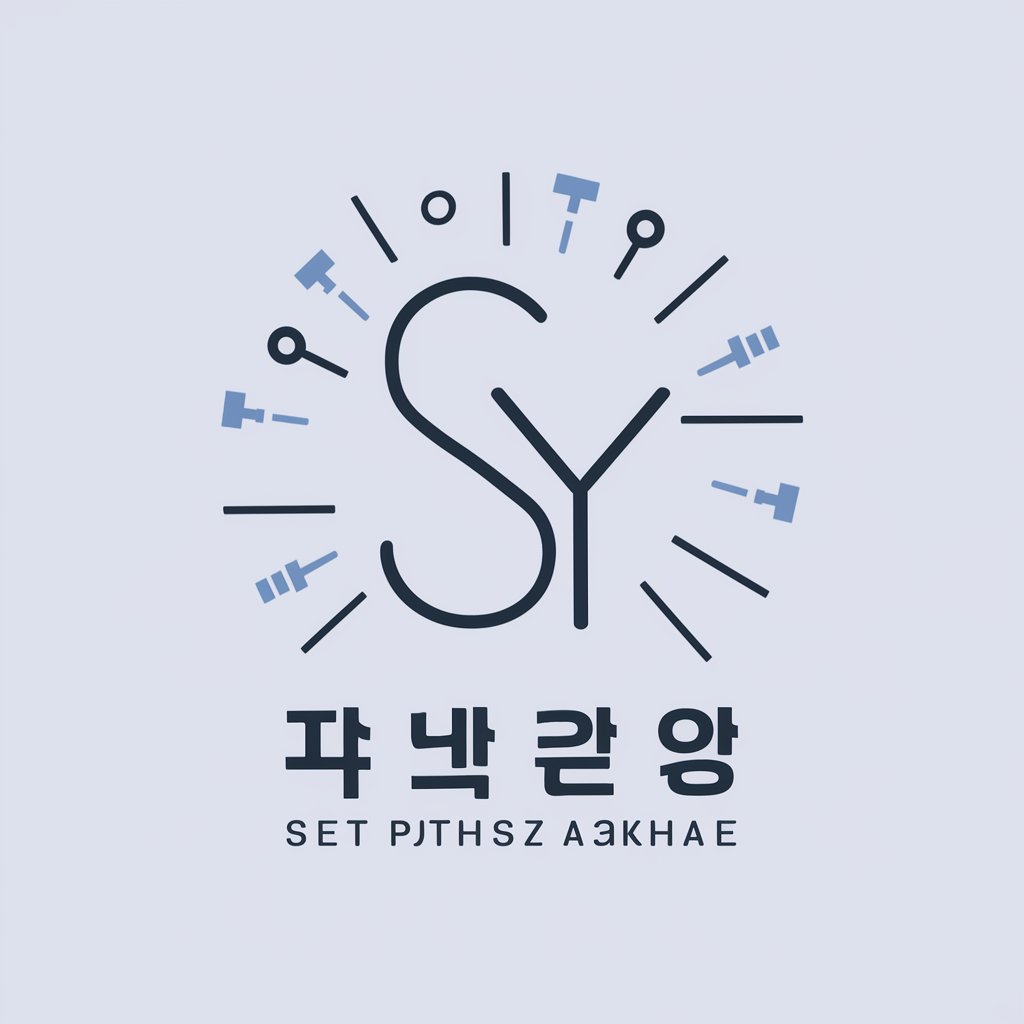
FAQs about GitHub README
What is the purpose of a GitHub README?
A GitHub README serves as the first point of documentation that introduces and explains a project to new viewers. It typically includes project descriptions, setup instructions, usage examples, and other essential information.
How can I make my README engaging?
To make your README engaging, include visuals like logos, screenshots, and GIFs showing the project in action. Use concise language and provide a clear structure with headings, lists, and links to other resources.
What information is crucial in a README?
Essential information in a README includes a project title and description, installation instructions, usage details, license information, contributing guidelines, and contact information for further questions.
How does a README impact project visibility?
A well-documented README improves project visibility by making it easier to understand and use, thus attracting more users and contributors. It also helps the project to appear more professional and trustworthy.
Can README include automated badges?
Yes, READMEs often include badges that provide dynamic information about the project, such as build status, test coverage, license, and version. These badges are typically linked to services that offer real-time data.
